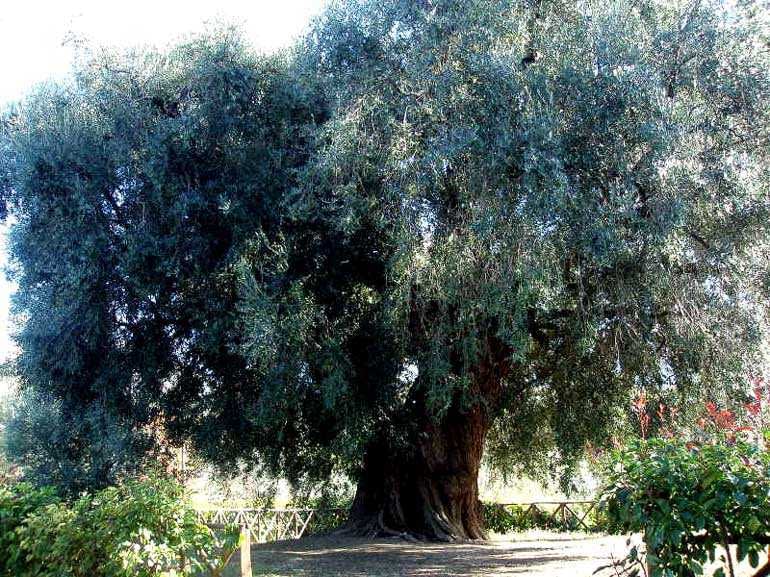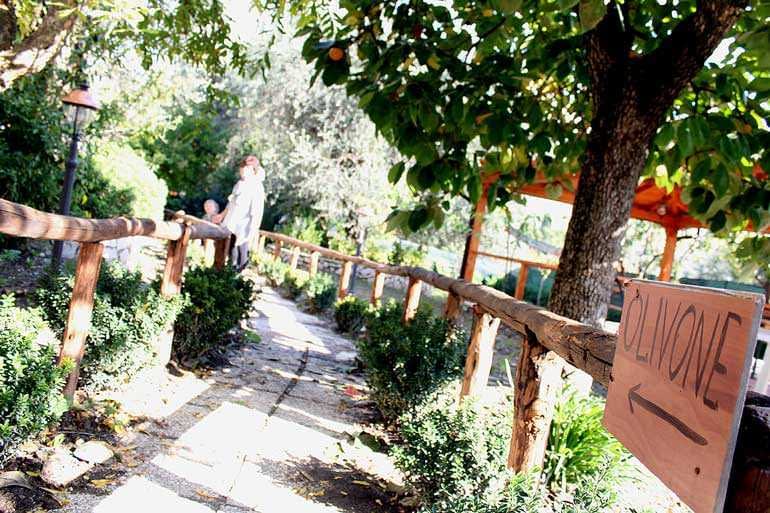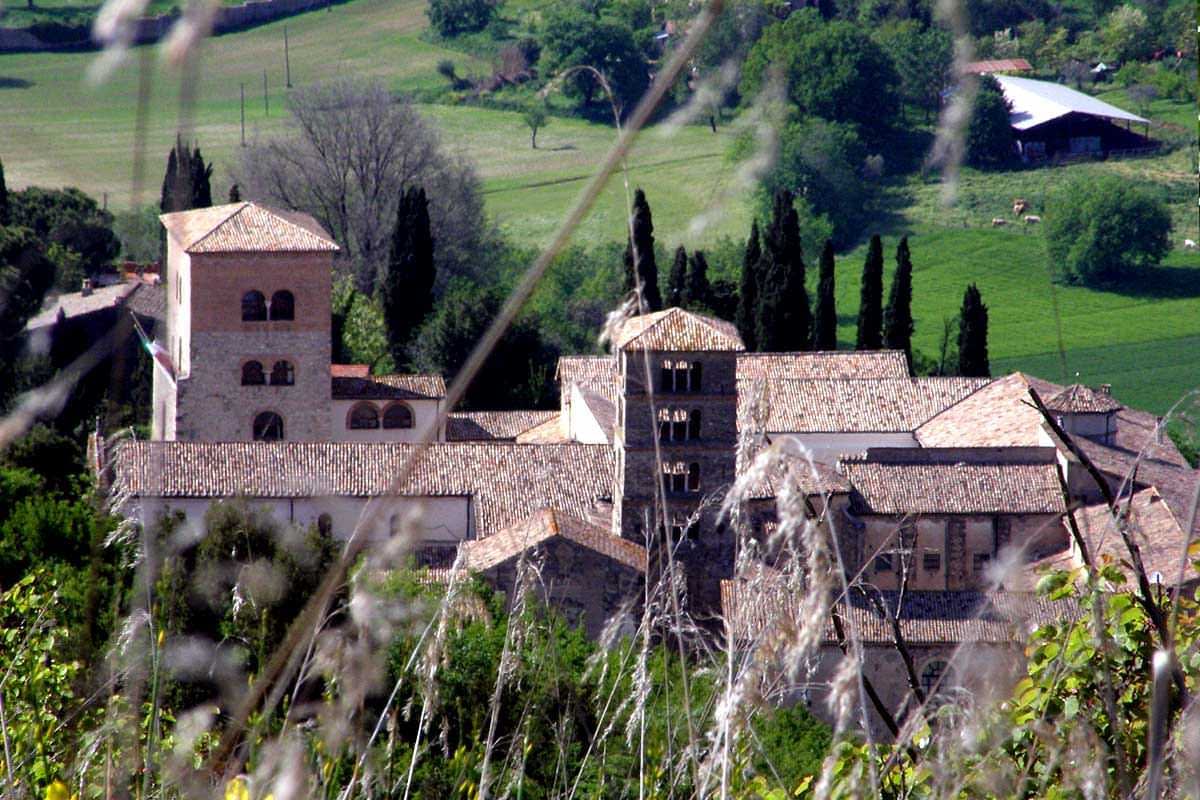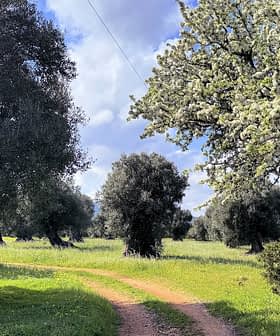
In the small town of Fara in Sabina, up a couple of hills splashed with an impressive amount of olive groves and following the small rickety wooden signs bearing its name, you will come across the ‘Ulivone,’ a natural marvel of the world in the form of a gigantic olive tree.
The Ulivone, in English literally ‘big olive tree’ is owned by the Bertini brothers and was bought by their great-grandmother in 1876 for 1,840 lire (just under €1 in today’s currency) and has been handed down, from father to son, to the current owners.
A delightful little pathway leads its way to the site where you can admire a little wildlife reserve with geese, a peacock and some ducks and a well-kept garden before entering the site where the gigantic tree flaunts its lustrous branches bearing thousands of healthy olives.
Nationally known as the Ulivone Canneto and located in one of the many olive groves that characterize the small hamlet of the town of Fara, this millenary olive tree is considered by many to be among the oldest and largest in Europe and today we even have the proof.

Agronomists were called upon to estimate the age of the tree and they estimated it to be around 2,000 years old, an astonishing finding confirmed by radiocarbon dating. Legend has it that Numa Pompilio, the second king of Rome himself planted the tree.
The owners said the tree produces around 12 quintals (about 550 kg) of olives annually and 150 kg of olive oil. Today the production is said to be slightly less due to pruning and the rigorous care needed to maintain the tree’s beauty, but it nevertheless squeezes out remarkable amounts of olive oil.
People from different eras and cultures have harvested olives from this very tree and made oil from its fruit. This impressive wonder is awe inspiring and could leave olive oil lovers lost for words if they are lucky enough to visit it. L’Ulivone has fed and provided olive oil to the Romans, to Byzantinesand to modern-day Italians — and continues to nourish its people with the precious liquid gold.
The archaeological discovery of the small flask of Poggio Sommavilla traced back to the seventh century BC is preserved in the Museum of Fine Arts in Boston and is the oldest example of writings from pre-Roman times. Interestingly, it is also a testimony of the olive culture of this area because in it are the remains of olive oil.
Claudius Galen (129 AD — 216 AD), the father of modern pharmacopoeia, called oil of Sabina “the world’s best known.”
The land on which the gigantic olive tree grows is owned by the Vatican and is managed by the Benedictine monks who reside in the beautiful Farfa Abbey, not so far away from the olive tree itself. Tourists usually visit the two attractions in the same day. The small fee to enter allows you to into the site — to touch the rough bark of the ancient tree and see its leaves towering above you.

The Ulivone di Canneto produces olives of excellent quality, bearing the famous Sabina DOP designation. The tree is worshipped in every sense of the word by the local ‘Cannetani,’ as evidenced by numerous festivals celebrating the grandeur of the tree.
One of the many festivals is the annual ‘Sagra dell’Olio.’ During three days of celebrations, participants can take a guided tour to see and marvel in the delights of the tree and taste its oil.
The Bertini family make sure they take good care of their important heirloom and are currently devising new ways to make a trip to see the Ulivone even more enjoyable. In 2015 the family hopes to open an ‘agriturismo’ — a farmhouse inn overlooking the impressive tree, initially hosting up to 20 people.
“At this new farmhouse inn we are hoping to serve food entirely homegrown in our vegetable patch and use olive oil produced exclusively by the Ulivone. At the moment we are still working on the construction but it is an idea that we have wanted to develop for a while now,” said Francesco Bertini, the owner of the Ulivone.








